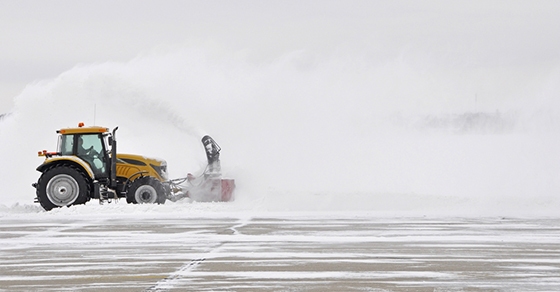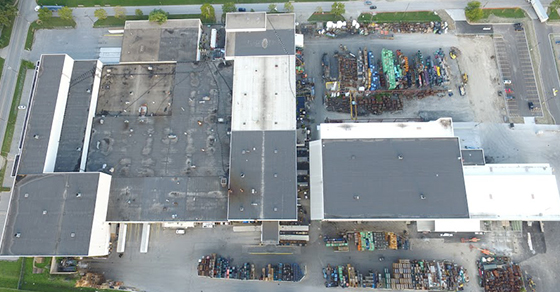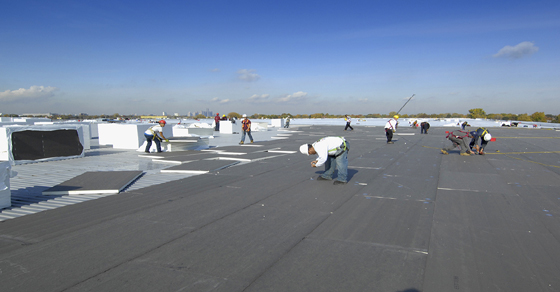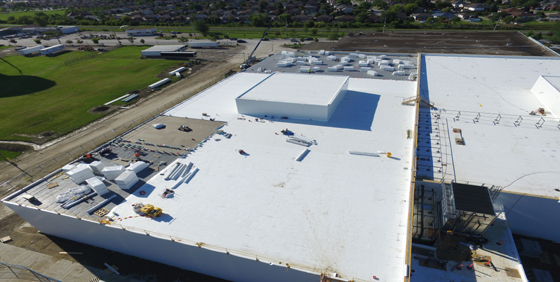Choosing a new roof can seem like an overwhelming task. There are many options related to materials and installation, making it difficult to determine which ones are best for your needs.
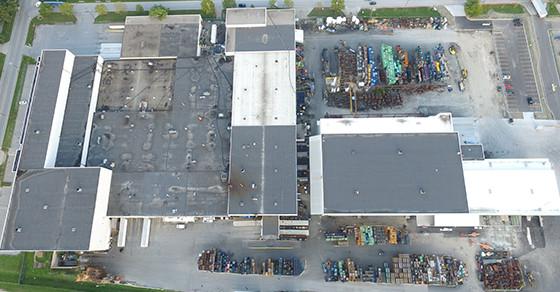
One of the decisions you may face is whether to install a white or black roof. Most people are unaware that each has a range of benefits that need to be considered when replacing a roof.
What to Consider
There are many factors that influence your decision when replacing your roof. Determining the right colour can have an impact on its performance, energy-efficiency, and even lifespan.
The following are some of the factors that you need to evaluate when choosing between a white and black roof:
- Deck type
- Surrounding climate
- Insulation
- Winds
- Budget
Why Choose a White Roof?
A white roofing system will help keep surface temperatures low and are generally more effective at reflecting the sunlight and decreases temperatures significantly. This lowers the energy required to keep your building cool which is especially useful in densely populated areas.
Buildings that are developed in warm climates commonly use a white roofing system, which includes a variety of types like PVC and TPO. Lower surface temperatures can increase the durability of your roofing system as well, however you shouldn’t assume that a white roof will always be more durable as other factors also influence the integrity of your roof.
Why Choose a Black Roof?
Black roofs don’t reflect sunlight in the same way as a white roofing system. They absorb the radiant heat, which allows moisture to evaporate quickly. During the winter months, a black roof makes it easy for snow to melt, reducing the risk of damage to your roof.
Buildings in colder climates typically use black roofing systems like EPDM, which provides a high level of durability over time. These options may reduce the costs associated with heating your property during the cold winter season.
Roof Maintenance
White and black roof systems require regular maintenance and cleaning in order to provide the many benefits they offer. A scheduled maintenance program makes it easy to keep your roof clean and optimize its performance. Keeping your roof clean ensures that its ability to absorb or reflect sunlight remains intact.
Your choice in a roofing system should depend on your building’s unique needs and budget. Determine the best choice based on the properties of each roofing system so that you can make the best investment for your building.
Understanding the different benefits provided by white and black roofs will give you the knowledge you need to choose the one that’s right for you. This will provide your building with a durable and reliable roof system.
